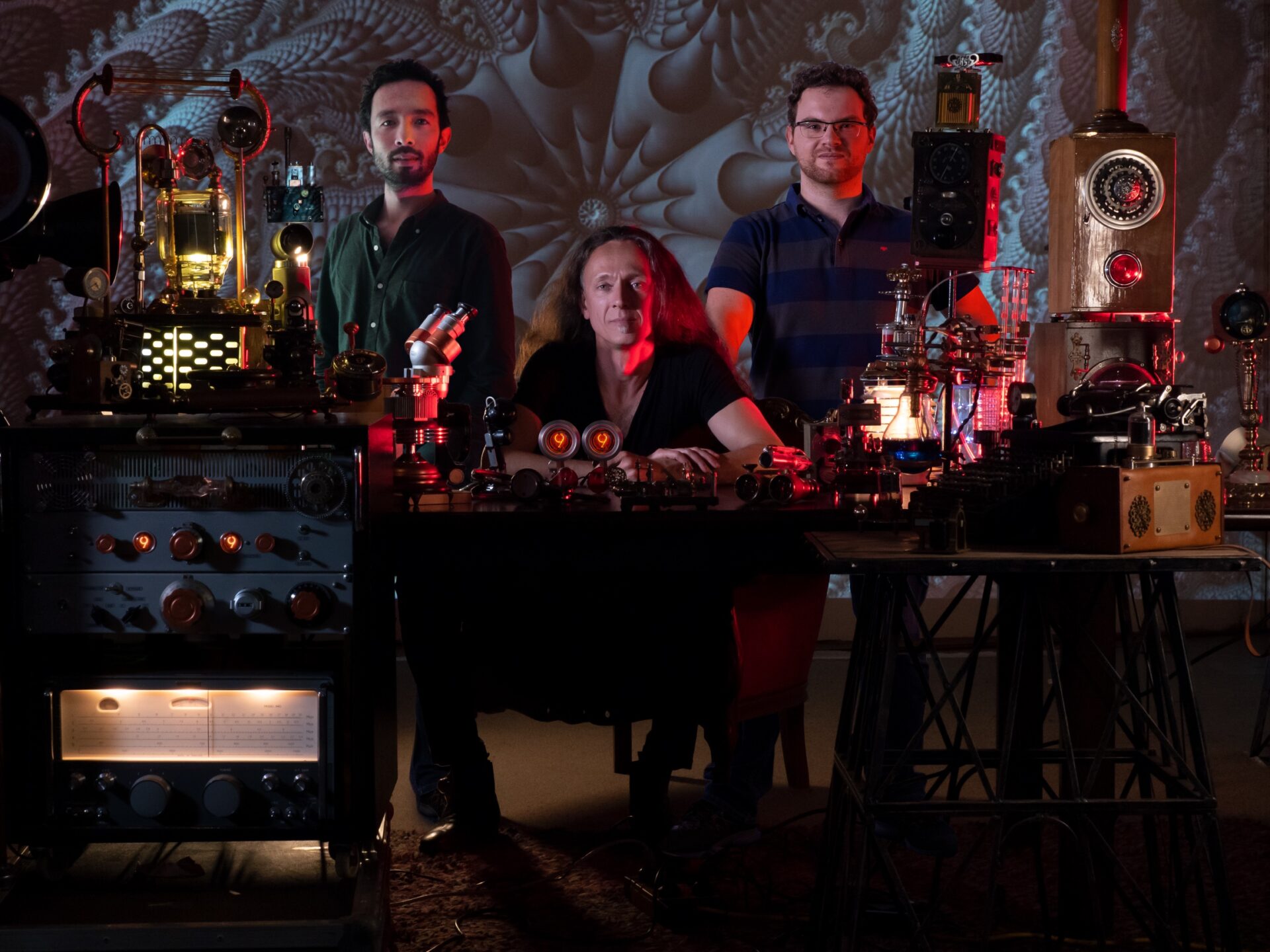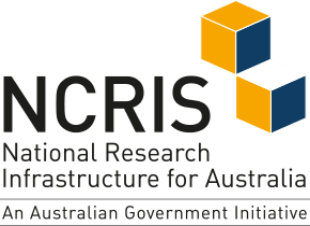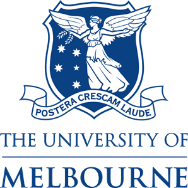An international group of scientists has proven that near error-free quantum computing is possible, using silicon wafers implanted with ions at the Experimental Condensed Matter Physics Laboratory (ECMP) – the HIA node at the University of Melbourne.
“Our operations were 99 per cent error-free,” says Professor Andrea Morello of UNSW, who led the work with partners at the University of Melbourne, UTS and in the US, Japan and Egypt.
“When the errors are so rare, it becomes possible to detect them and correct them when they occur. This shows that it is possible to build quantum computers that have enough scale and enough power to handle meaningful computation.”
The UNSW-led team’s paper is one of three published simultaneously in Nature reporting better than 99 percent fidelity. In the paper the team report one-qubit operation fidelities up to 99.95 per cent, and two-qubit fidelity of 99.37 per cent with a three-qubit system comprising an electron and two phosphorous atoms, introduced in silicon via ion implantation.
Director of ECMP Professor Jeffrey McCallum said the results hinged on implanting ions with exquisitely controlled energy and location.
“We have developed the implantation protocols over many years and can routinely create working quantum computing devices using a range of implant species and energies to suit the particular application,” he said.
The team certified the performance of their quantum processors using a sophisticated method called gate set tomography, developed at Sandia National Laboratories in the U.S. and made openly available to the research community.
Professor Morello had previously demonstrated that he could preserve quantum information in silicon for 35 seconds, due to the extreme isolation of nuclear spins from their environment.
“In the quantum world, 35 seconds is an eternity,” says Prof. Morello. “To give a comparison, in the famous Google and IBM superconducting quantum computers the lifetime is about a hundred microseconds – nearly a million times shorter.”
But the trade-off was that isolating the qubits made it seemingly impossible for them to interact with each other, as necessary to perform actual computations.
“If you have two nuclei that are connected to the same electron, you can make them do a quantum operation,” says Mateusz Mądzik, one of the lead experimental authors.
“While you don’t operate the electron, those nuclei safely store their quantum information. But now you have the option of making them talk to each other via the electron, to realise universal quantum operations that can be adapted to any computational problem.”
All existing computers deploy some form of error correction and data redundancy, but the laws of quantum physics pose severe restrictions on how the correction takes place in a quantum computer. Professor Morello explains: “You typically need error rates below 1 per cent, in order to apply quantum error correction protocols. Having now achieved this goal, we can start designing silicon quantum processors that scale up and operate reliably for useful calculations.”
Professor David Jamieson, research leader at the University of Melbourne, says: “The phosphorous atoms were introduced in the silicon chip using ion implantation, the same method used in all existing silicon computer chips.
“This ensures that our quantum breakthrough is compatible with the broader semiconductor industry.”
For details see the full press release from UNSW.



